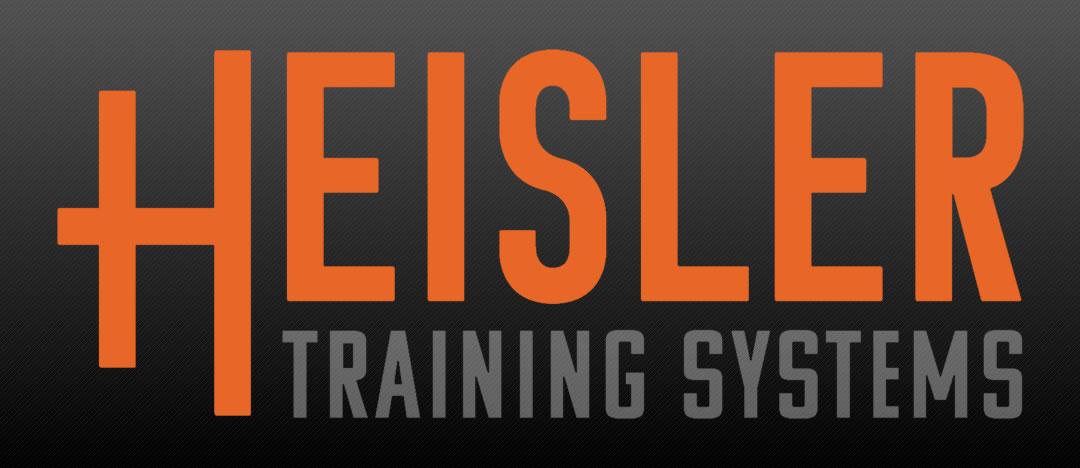|
Get in your car and start driving towards California. No maps. No directions. Get into your car and just start driving without thinking too much about how to get to California. When you arrive in Canada instead of California, it will probably become clear to you that you should have had some sort of focus on what you where you were trying to go.
Improving sprinting speed needs to be approached with a similar focus. Running and hoping it makes you faster is along the lines of swimming with sharks and hoping they are going vegan this month. You need to focus on improving specific aspects of sprinting in order to run faster on the field. This requires a laser like focus on what you are doing.
Your muscles and tendons have this ability to stretch, store energy and snap back to normal length. Think of what happens when you stretch a rubber band. That snap back after the muscles and tendons have been stretched can help produce force. Force production is crucial in order to improve your sprinting speed. This is known as elastic energy. Hold your right palm on a table and pull the index finger back and release. When your finger snaps back down to the table, that is elastic energy doing its thing. Pull your finger back further this time and watch as it snaps back faster and harder. The greater stretch caused a faster, more forceful reaction.
When you sprint, your body is angled forward at around 45 degrees from the ground. Your hips drive your lead leg forward and up, knees first while your back foot is in contract with the ground behind your center of gravity. As your lead leg moves from the ground forward and up, elastic energy is stored. As the muscles drive the leg back down toward the ground, muscular effort and elastic energy are used to punch the ground and propel the body forward with the stride. Muscular effort is voluntary, meaning you actually have to try to exert force. Elastic energy is a naturally occurring part of human movement. No extra effort required.
As we noted earlier with the palm on the table experiment, a big stretch will store more elastic energy and release much more elastic energy than a small stretch. You need to make sure your strides are creating as much elastic energy as possible.
The easiest way to improve this ability is to perform sled sprints or sled pushes with a weight that is heavy enough to allow you to maintain a 45-degree body angle over a 10 yard distance. Focus your efforts on punching your knees forward and up on every stride while keeping your shin angle similar to your body angle.
It doesn’t matter how strange or goofy it might feel at first. It does not matter how slow it might make you feel at first. Sometimes you need to slow things down in order to speed them up.
You need to train this quality 2 or 3 times per week until it feels natural. Take video of yourself and check your technique regularly. Perform 4-6 sled sprints with about a minute of rest in between each sprint. After your sled sprints, perform 3-4 additional sprints without a sled. This is important because you won’t have a sled on the field and you want to keep the normalcy of un-resisted sprints.
Please don’t hesitate to reach out if you would like to dive a little deeper into the world of sprints. I love talking about this stuff. I like chatting about vegan sharks too. Either way.
|



